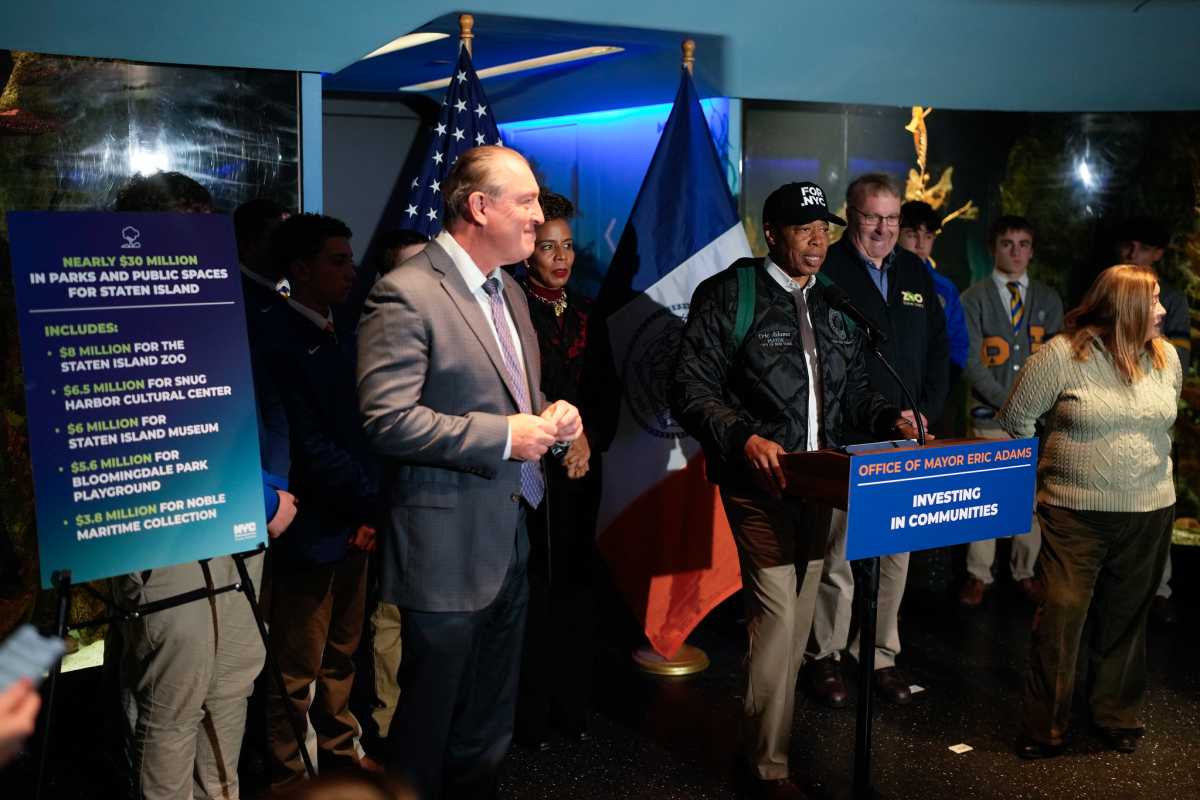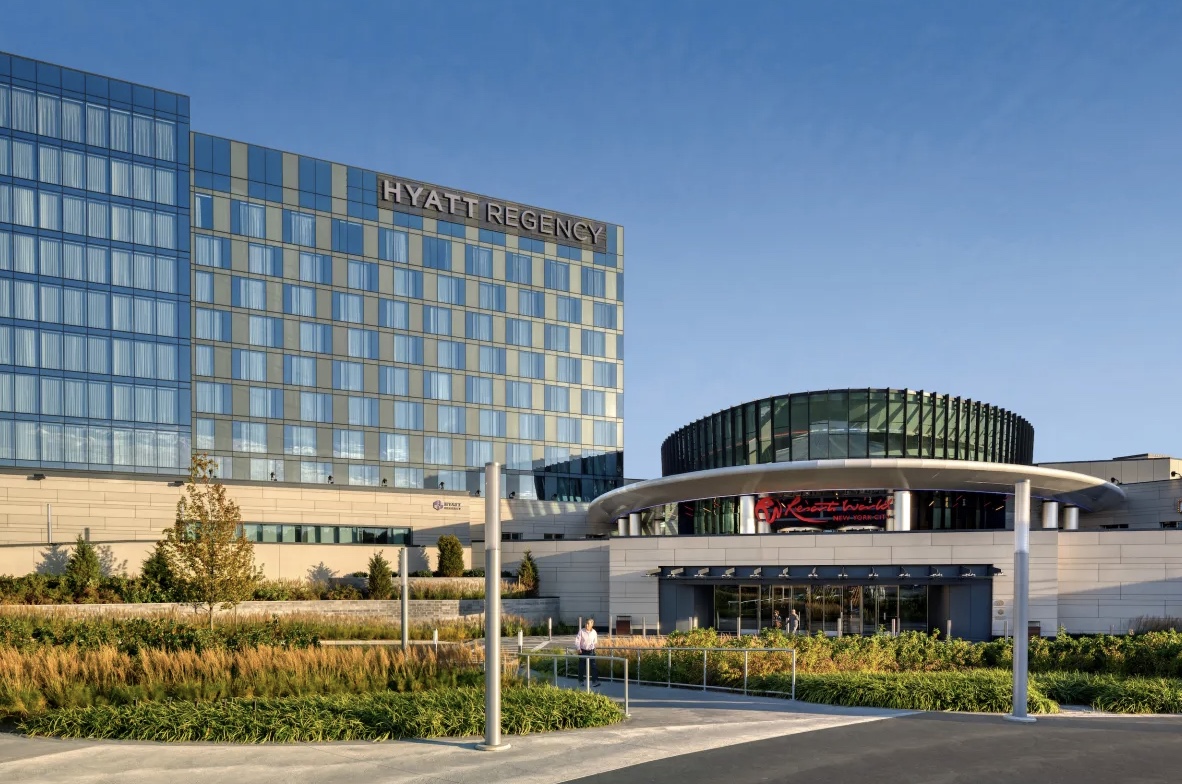By Larry Penner
July marks the 53rd anniversary of federal government support for public transportation.
The success of public transportation can be traced back to one of President Lyndon Johnson’s greatest accomplishments, which continues benefiting many Americans today.
On July 9, 1964, Johnson signed the “Urban Mass Transportation Act of 1964” into law. Subsequently, this has resulted in the investment, over time, of several hundred billion dollars into public transportation.
Millions of Americans, including many residing in Queens County today on a daily basis, utilize various public transportation alternatives. They include local and express bus, ferry, jitney, light rail, subway and commuter rail services. All of these systems use less fuel and move far more people than conventional single occupancy vehicles. Most of these systems are funded with your tax dollars, thanks to President Johnson.
Depending upon where you live, consider the public transportation alternative. Try riding a local or express bus, commuter van, ferry, light rail, commuter rail or subway.
Fortunately we have the Metropolitan Transportation Authority and its various operating agencies, including New York City Transit subway and bus, Long Island Rail Road, Metro North Rail Road and Staten Island Rapid Transit Authority.
There is also New Jersey Transit, Port Authority of New York and New Jersey and New York City Department of Transportation Staten Island Ferry.
Using MTA Metrocards provides free transfers between the subway and bus. This has eliminated the old two-fare zones, making public transportation an even better bargain. Purchasing a monthly Long Island Rail Road or MTA subway/bus pass reduces the cost per ride and provides virtually unlimited trips.
Elected officials and government employees can turn in their taxpayer-funded vehicles and join the rest of us by using public transportation to get around town. In many cases, employers can offer transit checks, which help subsidize a portion of the costs. Utilize this and reap the benefits. It supports a cleaner environment.
Many employers now allow employees to telecommute and work from home. Others use alternative work schedules, which afford staff the ability to avoid rush-hour gridlock. This saves travel time and can improve mileage per gallon. Join a car or van pool to share the costs of commuting.
The ability to travel from home to workplace, school, shopping, entertainment, medical, library, etc., is a factor when moving to a new neighborhood. Economically successful communities are not 100 percent dependent on automobiles as the sole means of mobility.
Seniors, students, low-and-middle-income people need these transportation alternatives. Investment in public transportation today contributes to economic growth, employment and a stronger economy. Dollar for dollar, it is one of the best investments we can make.
Larry Penner is a transportation historian and advocate who previously worked 31 years for the United States Department of Transportation Federal Transit Administration Region 2 Office.


































